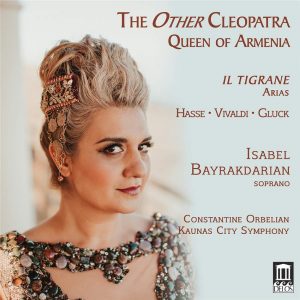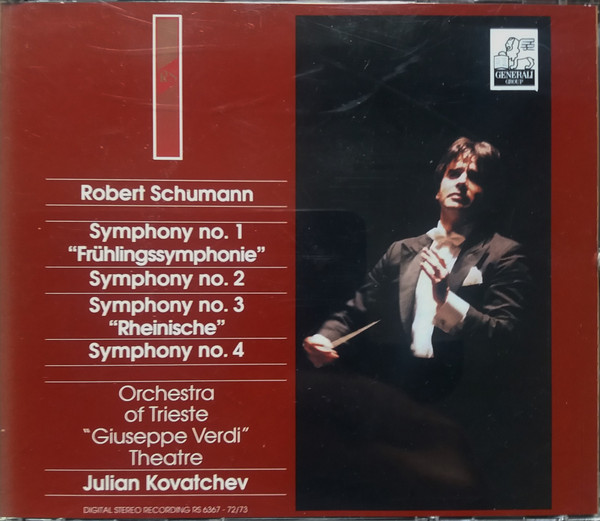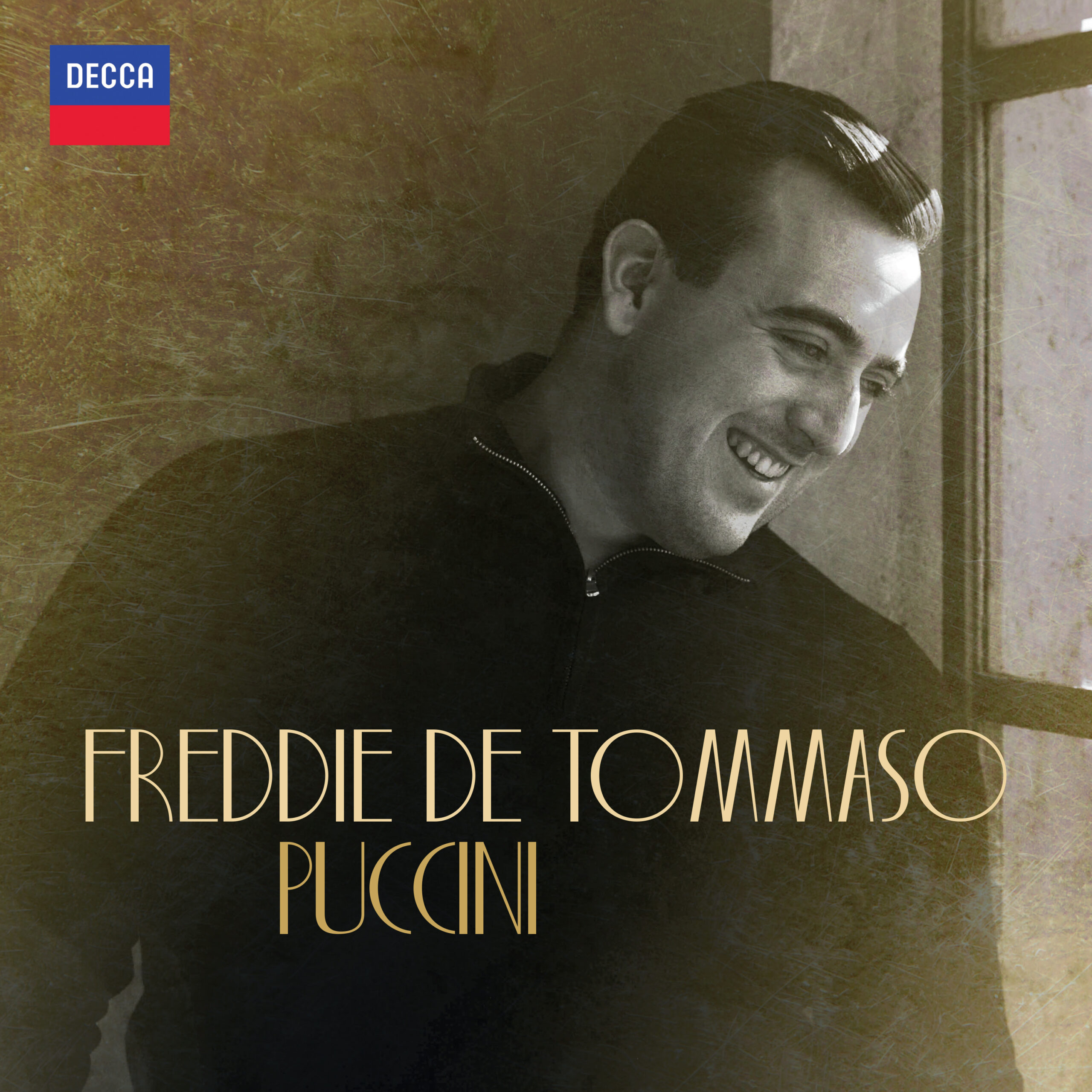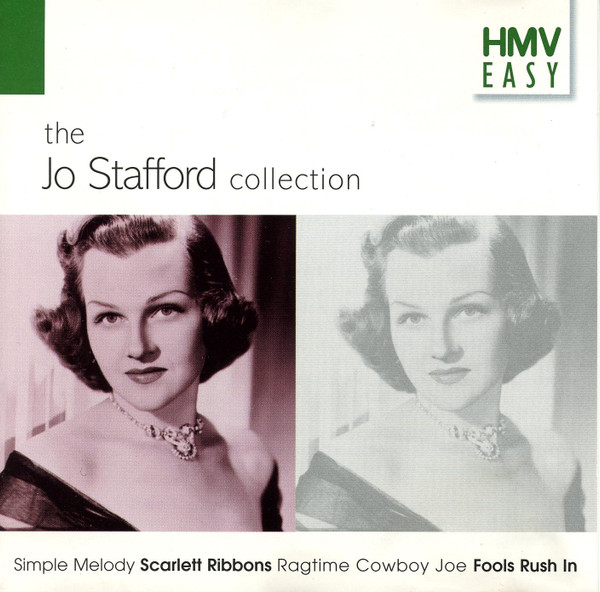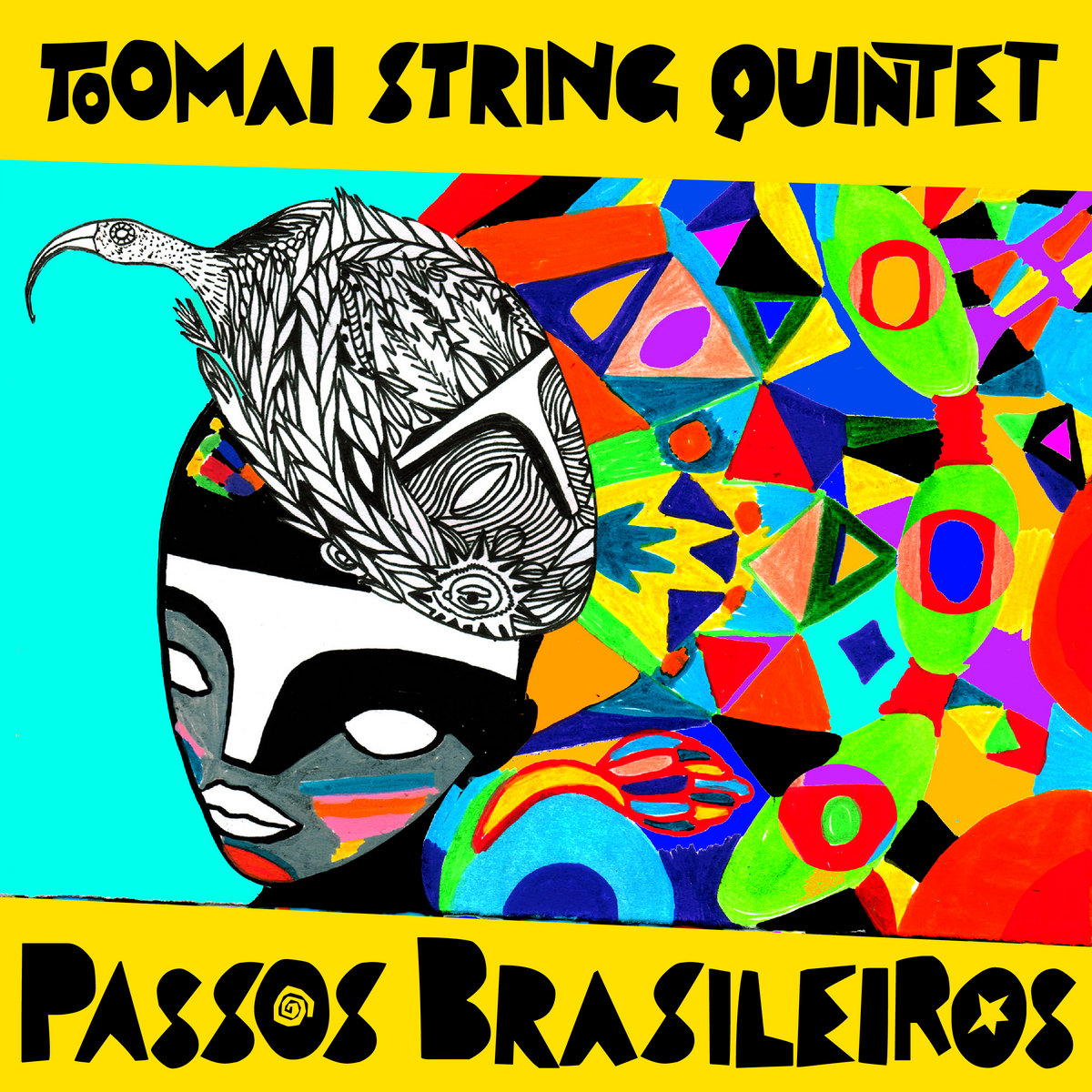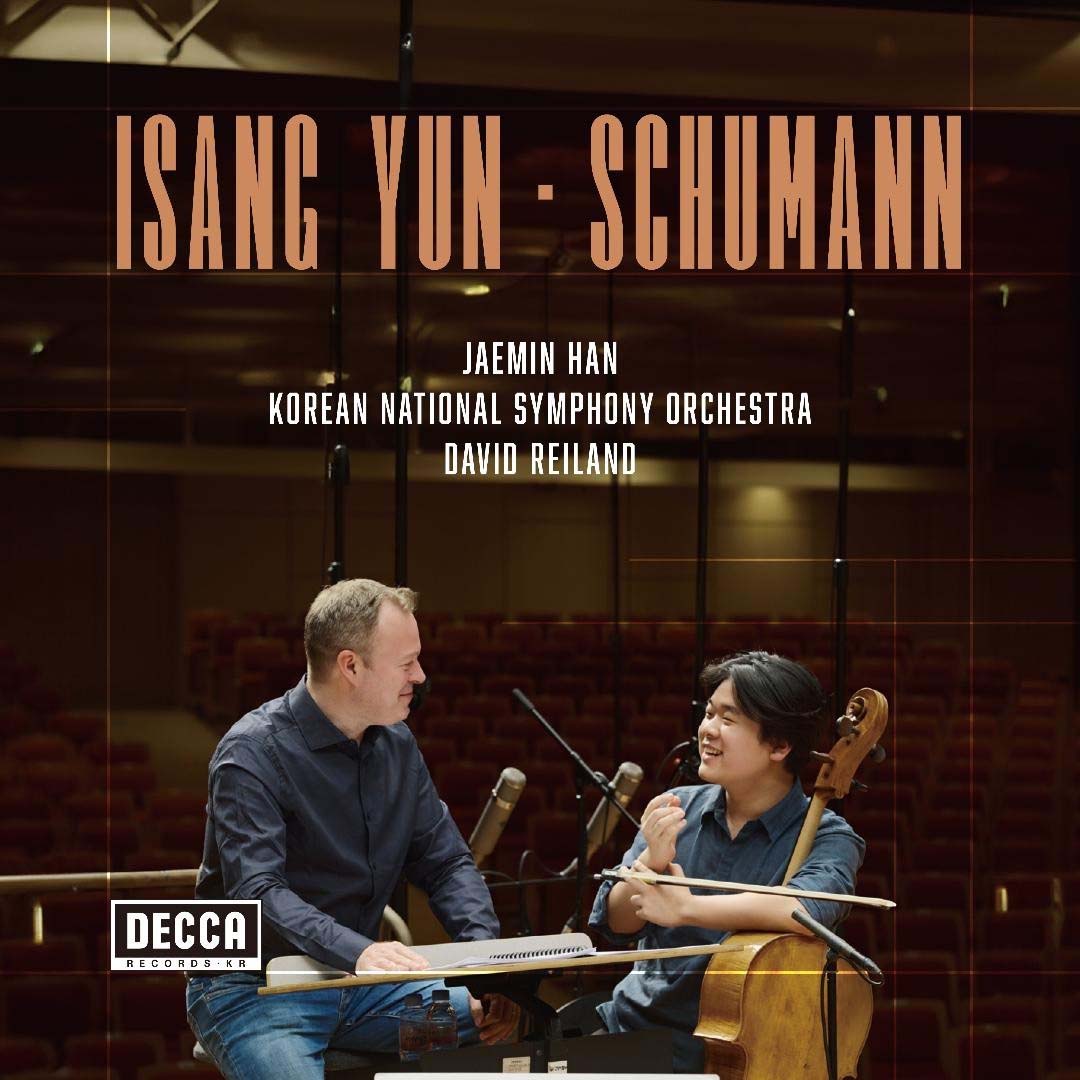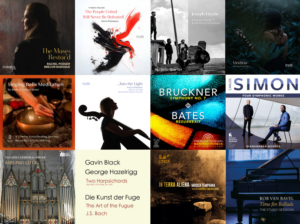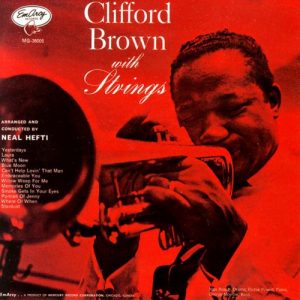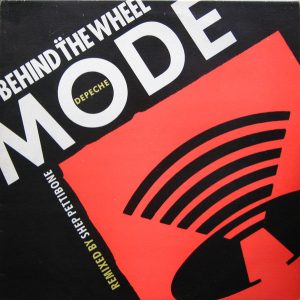HASSE: Il Tigrane: Overture and Arias; VIVALDI: Il Tigrane: Arias; GLUCK: Il Tigrane: Arias. Isabel Bayrakdarian, soprano; Kansas City Symphony Orchestra/Constantine Orbelian. Delos DE 3591. TT: 64.06. Downloads: Amazon.com (mp3); boxset.me (FLAC); qobuz.com (various formats)
Did you know about this Cleopatra? I certainly didn't. Cleopatra of Pontus married King Tigranes the Great (Tigranes II) of Armenia, in a marriage that cemented the two peoples' political alliance. The King was a significant enough figure to be the subject of an opera libretto by Abate Francesco Silvani; the three operas excerpted here all set that libretto.
The music throughout is quite good, if not entirely distinctive. Hasse precedes some of his standard Baroque tripartite arias with vivid, even mercurial accompanied recitatives. Conversely, Gluck, adding pairs of horns and oboes to the string body, maintains a dignified Classical reserve even at moments of high emotional tension. The brief Vivaldi group is perhaps distinctive for the wrong reasons: Qui mentre mormorando, lacking a repeat, feels incomplete; in Squarciami pure il seno, the sequence of unrelated sections leaves a herky-jerky effect.
It makes sense that, in this sort of nationalist project, the two principals should be of Armenian extraction—though neither is actually from that country! (And the orchestra is Lithuanian.) For Isabel Bayrakdarian, a Lebanese-born Canadian, this was a labor of love, prompted by her graduate research; in fact, she recorded another "Cleopatra" program—about the Asp Lady—for CBC Records in 2004. Her soprano has a pleasing soft-edged, warbly timbre, with a slight flutter pervading sustained tones. The vocal balance is odd: the very first, low-lying phrase we hear suggests a tenor, but some other low excursions turn diffuse. Bayrakdarian brings off the melismas with dash, though that in Gluck's Nero turbo sounds slightly flustered, and others betray some strange vowel sounds and shifts. Hasse's Strappami pure il seno sounds under energized, though the singer brings more juice to the higher decorations on the repeat. Her pacing of Hasse's recitatives is nicely varied and inflected.
Constantine Orbelian, a native Californian, conducts creditably, in a somehow uncommitted way. Everything's reasonably orderly and stylish. But the dignified passages never quite achieve elegance; lively, bustling pieces like the aforementioned Nero turbo aren't truly vigorous or incisive—the conductor seems to be indicating the musical interpretation rather than truly inhabiting it. Save for the odd unseemly grumble from the bassi, the Kaunas players are fine—it's good to hear modern instruments in this repertoire once again—but I'd have liked a few more strings. The horns, only used in four tracks, are oddly subdued in Hasse's overture, but they and the oboes more assertively color Gluck's Presso l'onda.
The "embellishments" are mostly upward repointings—sometimes full-scale inversions—rather than fillers. It's become customary to intersperse instrumental pieces with the arias in this kind of recital, but the program includes just one, Hasse's overture, which it places at the end of its sequence. Delos's booklet includes notes, texts, and translations, but places the English translation of each piece under the Italian text: this may save space and paper compared to the traditional side-by-side formatting, but it's inconvenient to refer back and forth.
stevedisque.wordpress.com/blog




